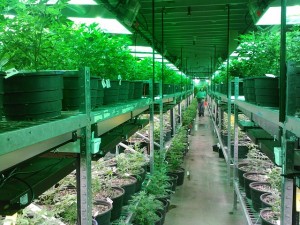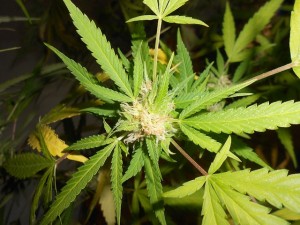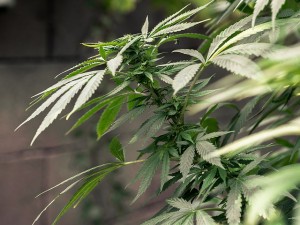Throughout its prohibition, cannabis has been considers to be a self-medicated “coping” drug, especially in individuals with anxiety disorders like post-traumatic stress disorder. Government funded studies examining the link between cannabis and PTSD frequently use the term “marijuana abuse disorder,” a co-occuring problem in need of rehabilitation.
There is a whole lot evidence across the country that cannabis and ptsd go hand-in-hand. But while studies point out the prevalence of marijuana abuse among PTSD patients, a minority of emerging research is looking at the question in reverse: Can cannabis be an effective treatment for PTSD?
Living with PTSD
PTSD, or post-traumatic stress disorder, is an anxiety condition caused by disturbing episodes, like military combat or sexual assault. Three classes of symptoms characterize PTSD: re-experiencing, avoidance, and hyper arousal (e.g. insomnia, flashbacks). The persistence of PTSD over time is attributed to changes in brain chemistry that occur at the time of trauma, when adrenaline and stress hormones are hyper responsive.
Not all PTSD sufferers have access to legal medical cannabis due to the state they live it. Combat veterans have an especially high propensity for PTSD, and statistics show that about 1 in 5 military personnel deployed in Iraq and Afghanistan experience it. Since cannabis is a Schedule II drug, veterans are instead steered towards antidepressants and antipsychotics, medications that have had very little success in treating PTSD symptoms.
How Cannabis Can Help Treat PTSD
There are currently no specialized, effective medications available for PTSD patients. However, new discoveries in the endocannabinoid system is paving the way of understanding and treating PTSD.
One investigator of PTSD and cannabis is the Multidisciplinary Association for Psychedelic Studies (MAPS). Martin Lee, a MAPS affiliate and director of Project CBD, has studied PTSD and cannabinoids in depth.
“Researchers found that people with PTSD had lower levels of anandamide, an endogenous cannabinoid compound, compared to those who did not show signs of PTSD,” Lee wrote, “Innate to all mammals, anandamide (our inner cannabis, so to speak) triggers the same receptors that are activated by THC and other components of the marijuana plant.”
In short, one pillar of PTSD is an endocannabinoid deficiency: the body stops producing enough endocannabinoids to fill receptor sites, and this is where the cannabinoids found in marijuana play a therapeutic role. By replenishing these missing endocannabinoids with those found in marijuana, researchers think marijuana pharmaceuticals might bring PTSD patients relief from their memories.
“Scientists have determined that normal CB-1 receptor signaling deactivates traumatic memories and endows it with the gift of forgetting,” Lee said, “But skewed CB-1 signaling, due to endocannabinoid deficits (low serum levels in anandamide), results in impaired fear extinction, aversive memory consolidation, and chronoc anxiety, the hallmarks of PTSD.”
Accessing Medical Marijuana for PTSD
PTSD patients are advised to firstly consult with a medical professional befor treating symptoms with cannabis. Consumers not used to marijuana may find that THC aggravates anxiety symptoms. Cannabidiol (CBD), is a cannabinoid that counteracts some of THC’s effects, including paranoia and anxiety. Further research examining the relationship between THC and CBD could lead to more tolerable variants of cannabis pharmaceuticals for individuals suffering from severe anxiety.
The damage caused by PTS cannot be fully recovered by any medication, but for some, cannabis provides relief when nothing else can. Despite a strong need to develop more effective medication without adverse side effects, the promising pharmaceutical possibilities in cannabis are continually dismissed by government-backed research organizations, due to the plant’s Schedule II rating. However, forward momentum builds as education about cannabis’ healing properties spreads.



